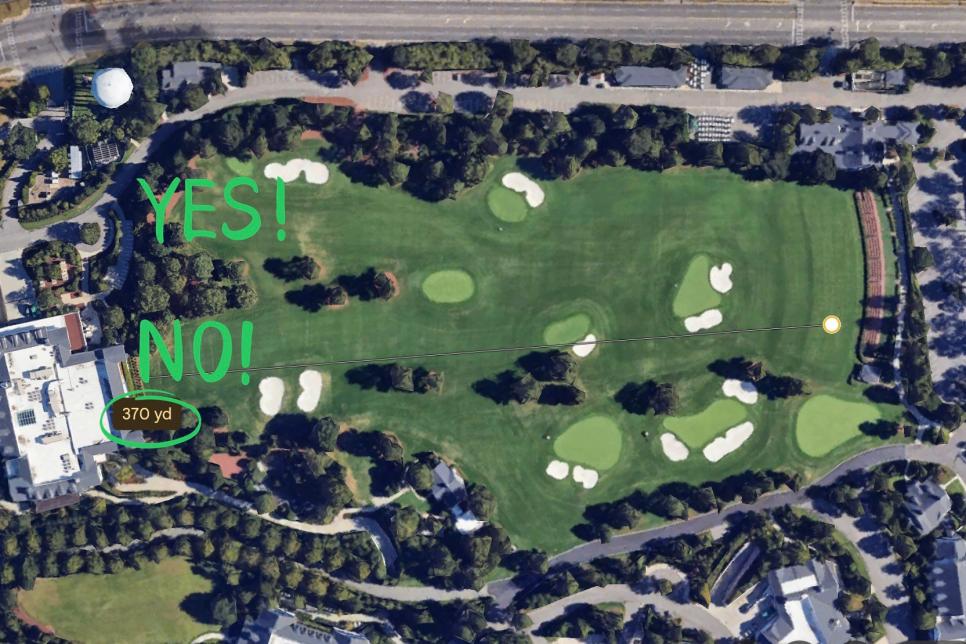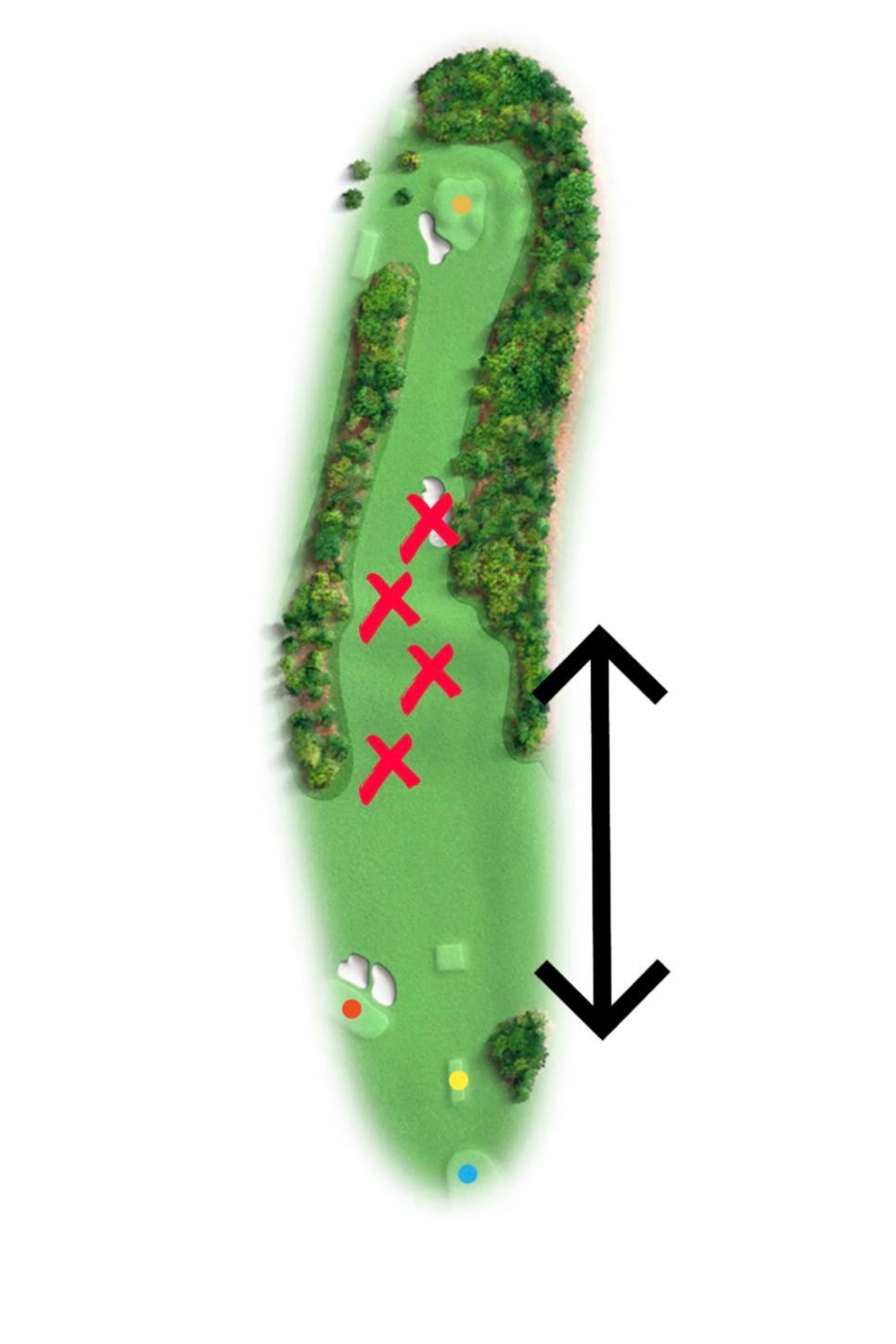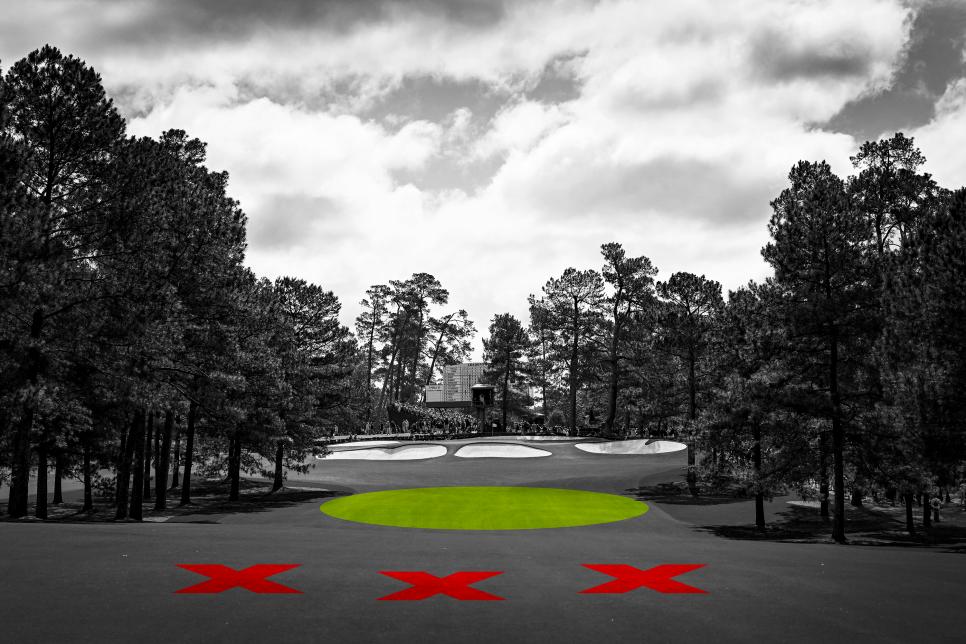viewing guide
Masters 2024: How to watch the tournament like a genius—9 things to look for

The ultimate charm of the Masters is that it’s the only major that returns to the same place every year. It offers a familiar welcome back to the more casual golf fans among us, and an opportunity for the diehards to dive deeper into the lore of Augusta National Golf Club. Every year you learn a little something that you never knew before.
So, if you’re looking to upgrade your Masters-watching experience, or just perhaps impress your friends during your Masters watch party, these are a smattering of nerdy nuggets to remember. Easter eggs, of sorts. Fun things to look for between the action …
1. Different putting green purposes
There are two main practice putting greens at Augusta National Golf Club. A larger practice putting green next to the range, and another just behind the 10th and first tee boxes.
The practice putting green is where pros will tend to do most of their technical putting practice. If you see a player with their coach, using a mirror, doing the gate drill with a couple of tees, or generally grinding on their putting, there’s a good chance it’s happening on this green.
The putting green by the first tee is the kind of holding area for players before they tee off. I’ll occasionally see players work on green-reading on this green, but I’ve yet to see someone spend extended time here.
Well, except Phil Mickelson who, before his final round in 2004, got to the course more than three hours before his 2 p.m. tee time. He made 100 putts from all around a hole on this green, had lunch, then re-warmed up before slipping on his first green jacket later that afternoon.

2. Bombers aim right on the range
The driving range pros use during Masters week isn’t the week-in, week-out driving range. The media center is at the end of it. Inconceivable that it would’ve been in range when it was all first built, but during peak Bryson-mania at the 2020 Masters, Dechambeau boasted he could hit it.
It’s about 370 yards from the left side of the range to the media center. It’d need to be downwind for it to be truly in range (and only then for the longest hitters), but either way, it’s why you’ll see DeChambeau aiming down the right side of the range when ripping drivers.

3. Secret chipping green gadgets
If you’ve ever wondered why you don’t see baskets littered around, that's because the baskets descend underground and out-of-sight after they’re emptied. You’ll have to look very closely to spot them in use (the video revealing their existence has since been taken down), but they’re there.
4. A gauge-the-distance valley
It’s become a cliche that Augusta National is more undulating than it appears on TV, but it really is!

The first hole is a great example. There’s a huge valley between the tee box and most of the fairway. It’s one of the few severe slopes you can clearly see on television, and it’s a great way to glean some insight into hor far a player hits the ball, relative to their peers.
The ceremonial tee shots (and bogey golfers) generally, finish at the bottom of the valley.
The past champions in the field generally make it past the bottom of the valley and land on the uphill portion just past it.
Most players fly the valley, and land on the top shelf, past the uphill portion.
The really long hitters fly it over all of that, so far that the fairway bunker comes into play, which is why you'll see some of those guys hit 3-wood on this hole.
5. An underrated watching spot
Everyone has their favorite watching-spot at the Masters. Mine is between the fifth green and sixth tee. It's not really a place where you can park a chair and sit all day, but if you're up for floating around this little zone, there's a lot you can see: A good look at players putting on the fifth, then a primetime spot when they walk to the sixth and tee off on an underrated, downhill hole. This area is elevated, too, which means you can see a decent amount of the 16th green, and soak in some of that fun atmosphere. Plus, there's a merchandise center over there.

Anyway, I recommend it if you're one of the lucky ones to watch in-person. If you're at home watching on television, toss this knowledge out to those around you. It'll make you seem like a real insider.
6. Some seventh hole strategy
Byron Nelson drove the green on the par-4 seventh hole en-route to victory at the 1937 Masters. That prompted some big changes that led to the green you see today...

- The green itself is entirely new
- It's now the smallest green on the course
- It's surrounded by five bunkers (it had zero originally)
The green is so sloping that you'll often see players chase this pin rather than play too safe. That's because coming up short in the front bunker is a still-difficult but comparatively easier shot than missing long and contending with the slope. It's one of the most difficult and intriguing on the course.
7. The types of 10th hole tee shots
You'll see lots (and lots) of players hitting a 3-wood on the 10th tee. That's because most players nowadays hit low-spin fades with their drivers; when they try to hit a draw with their driver, even the slightest mis-hit can send the ball out like an uncontrollable knuckleball, which nobody wants with out of bounds left and trees right. Three-wood adds a little loft and backspin, which makes hitting that draw easier.

If you see a golfer hitting a driver on the 10th hole, it's almost always one of three reasons.
- Their natural shot shape is a draw, so the hole shape suits them.
- They're comfortable hitting a draw with their driver, probably because they tend to have a little more spin than usual with a driver.
- They're left-handed, so can hit their standard fade
8. The 12th hole trap
We talk about it in the video above about lefties, but basically: Because the hazard snakes up the right side of the hole, and because right misses fly shorter while left misses fly longer, the hole overly-punishes players who get aggressive. At some point you'll see someone hit their ball into the water, and that's why. Any shot on the middle of the green is a good one.
Unless you're a lefty, because those guys can take dead aim at the pin knowing any miss is just fine.
9. Learn from the 13th hole slope
The fairway slopes severely from right-to-left, which means right-handers will have to hit their approach shot with the ball severely above their feet.
It makes the shot very challenging, but one the rest of us can learn from.

Hitting a ball that's above your feet does two things: It forces you to swing more around you, and it aims the clubface more to the left when you set up to it. Both often lead to a right-to-left shot shape, which you can see here.
If you find yourself in that situation, playing golf at your home course over masters weekend, the rest of us in this situation Golf Digest Best in State Teacher Mike Malaska says you're better off trying to ride that hook spin. Stand a little taller and aim to the right, he says, then make your normal swing.
It's hard work to counteract that. Very occasionally you'll see a player attempt to defy physics, and succeed in hitting something between a straight shot, and the slightest of left-to-right fades off this lie. You can see Nick Faldo do it below.
If you're lucky enough to see that happen, recognize it as the medium-level miracle that it is. Stand up and applaud vigorously what you've seen. The people around you won't understand and think you're weird, but that's OK. You'll be watching the Masters like a genius. And you'll enjoy it more because of it.